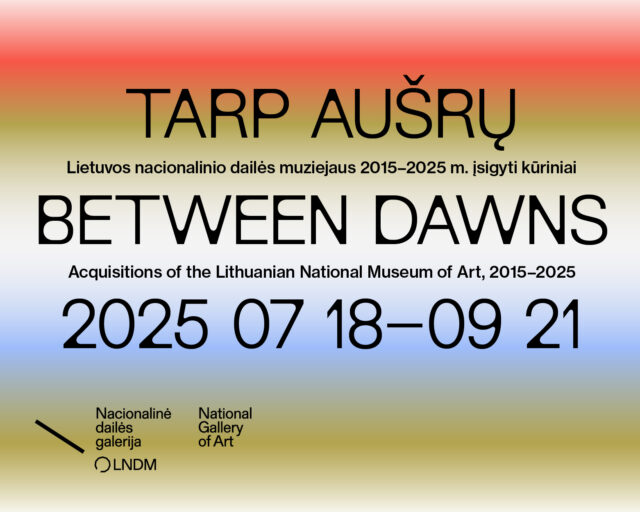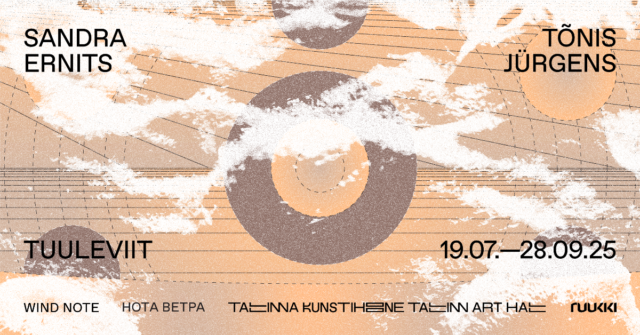The exhibition sheds light on difficult, often omitted subjects in the Baltic and Eastern European region and turns to the complex legacies of the twentieth century. Despite being suppressed in collective memory, these subjects and legacies often continue to influence today’s reality.
The past inevitably includes difficult and traumatic aspects. However, these difficult sides are often neglected when comforting stories are shared that stress overcoming such challenges. The difficult pasts addressed in the exhibition involve nationalist and communist regimes, recent warfare and histories of colonialism, and are focused on this complex heritage in the Baltic and Eastern European region.
The exhibition includes works by artists from the three Baltic countries, Ukraine, Poland, Chechnya, Finland and the Netherlands. The experiences the works evoke are often forgotten or ignored, excluded from official histories. Artists included in the exhibition narrate those experiences through individual stories, while evoking broader layers of cultural memory. Overcoming local and national borders, the exhibition calls for reflection on the relationships between difficult pasts, their impact and presence today through the perspective of a shared history—offering dialogues, forging connections and foregrounding solidarities between the different difficult histories that are often perceived as incompatible or in competition with each other.
Several works focus on imperial politics and their legacies and call for them to be interpreted anew. What kind of consequences have Soviet and post-Soviet colonial policies had on individual lives and entire nations in the 20th and 21st centuries? Vika Eksta refers to the forgotten Soviet war in Afghanistan, in which many people from Soviet republics, including Latvia, were made to fight against their will, while Aslan Ġoisum’s work addresses the violence of the Chechen war.
Women’s experiences are invoked in the works of Zuzanna Hertzberg in relation to the Spanish Civil War, while the traumatic journey to Siberia in a women’s wagon is animated by Ülo Pikkov, a painful memory that connects contexts throughout the former Soviet Union. The story of the Roma genocide is told by Jaana Kokko, who came to study this history while researching the life story of Hella Wuolijoki in Valga/Valka.
The exhibition also highlights so-called postmemories, which refer to the affective ways that the tragedies of the past continue to live on in the following generations. The presence of traumatic pasts in such ‘body memories’ is addressed in works by Lia Dostlieva and Andrii Dostliev and by Ülo Pikkov. Both works draw connections between the environment and the body: in the first it is the body that becomes an important site for understanding the imperceptible scale of the Holodomor, in the second old apple trees are given agency to remember and connect people with the sites of their former homes from which they were violently uprooted.
What is our involvement in these pasts? Paulina Pukyte asks, reminding viewers of the coexistence of the past and future in the repetitions of histories that are not acknowledged and worked through. How can this past be thought of today, when the totalitarian ideology has been replaced by neoliberal consumer capitalism, which also manipulates our desires and free will?
Quinsy Gario asks how can Latvia’s historical connection to the colonial past through the 17th-century colonies of the Duchy of Courland be perceived today? Is it a matter of national self-confidence—as is often suggested in cultural works, theatre plays and films—or is it a part of the violent history of global colonialism? How can we understand the relationships between colonialism, Soviet socialism and capitalism in Eastern Europe?
The exhibition forms part of Communicating Difficult Pasts, an international and interdisciplinary project which actively engages with the uncomfortable and often forgotten sides of history in order to understand their influence in the Baltic region and neighbouring countries. The project has fostered collaboration and synergy between artists, curators and researchers who seek new approaches and means to study difficult legacies and to overcome their omission.
Ieva Astahovska, Margaret Tali
Exhibition ‘Difficult Pasts. Connected Worlds’ at the Cupola Hall of the Latvian National Museum of Art
28.11.2020. – 07.03. 2021. (rescheduled as a result of lockdown)
Artists: Aslan Ġoisum, Jaana Kokko, Lia Dostlieva, Andrii Dostliev, Paulina Pukytė, Quinsy Gario, Ülo Pikov, Vika Eksta, Zuzanna Hertzberg
Curated by Ieva Astahovska and Margaret Tali
Organized by the Latvian Centre for ContemporaryArt
The project is supported by the State Culture Capital Foundation in Latvia, Riga City Council, the Foundation for Arts Initiative, the Adam Mickiewicz Institute, Frame Contemporary Art Finland, Mondriaan Fund, Cultural Endowment of Estonia,
Embassy of Estonia in Latvia, smart technology company Solavi.
The exhibition is supported by the State Culture Capital Foundation in Latvia, Riga City Council, the Foundation for Arts Initiative, the Adam Mickiewicz Institute, Frame Contemporary Art Finland, Mondriaan Fund, Estonian Cultural Endowment, Embassy of Estonia in Latvia, smart technology company Solavi.

Aslan Ġoisum. Fearsome. 2011 — ongoing. 117 metal plaques, each 17 x 46 cm. Photo: Margarita Ogolceva

Aslan Ġoisum. Fearsome. 2011 — ongoing. 117 metal plaques, each 17 x 46 cm. Photo: Margarita Ogolceva

Aslan Ġoisum. Fearsome. 2011 — ongoing. 117 metal plaques, each 17 x 46 cm. Photo: Margarita Ogolceva
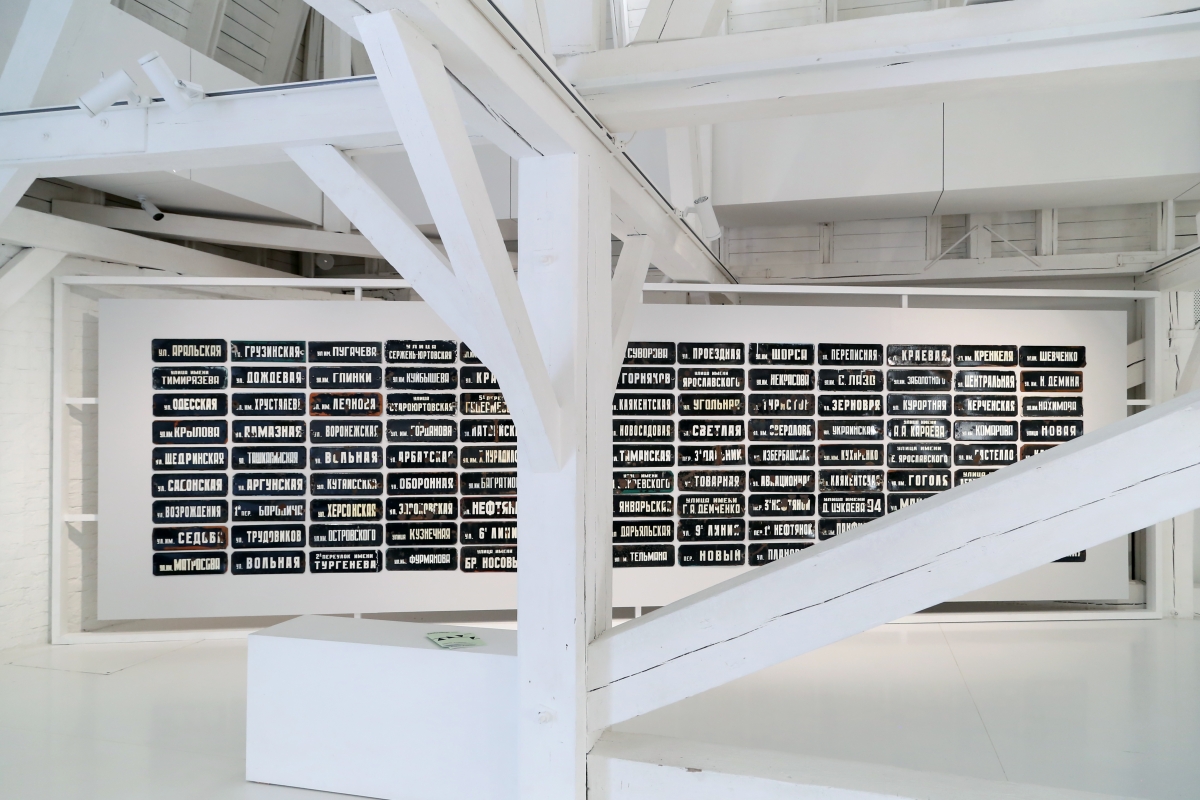
Aslan Ġoisum. Fearsome. 2011 — ongoing. 117 metal plaques, each 17 x 46 cm. Photo: Margarita Ogolceva

Aslan Ġoisum. Fearsome. 2011 — ongoing. 117 metal plaques, each 17 x 46 cm. Photo: Margarita Ogolceva

Aslan Ġoisum. Fearsome. 2011 — ongoing. 117 metal plaques, each 17 x 46 cm. Photo: Margarita Ogolceva

Exhibition brochure. Difficult Pasts Connected Worlds. Photo: Margarita Ogolceva

Exhibition view. Difficult Pasts Connected Worlds. Photo: Margarita Ogolceva
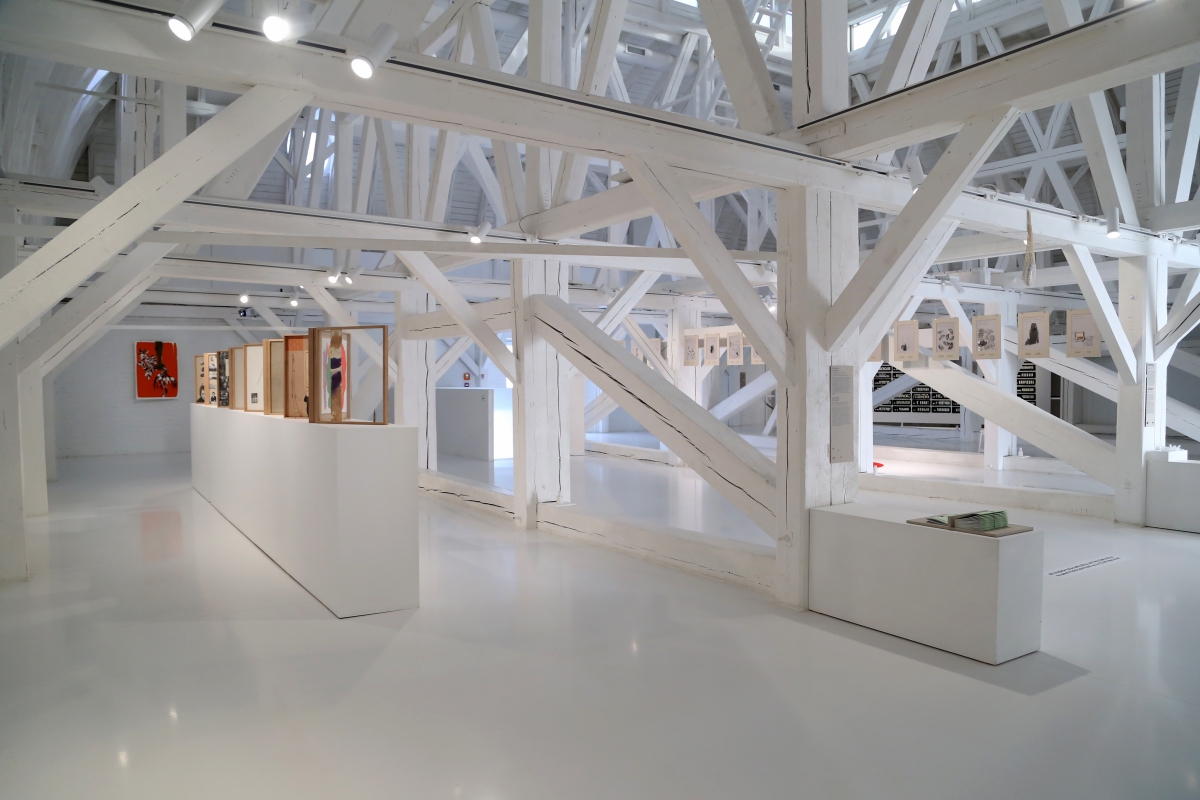
Exhibition view. Difficult Pasts Connected Worlds. Photo: Margarita Ogolceva

Jaana Kokko. Roma Mountain. 2020. Film, color, stereo sound, 40″. Photo: Margarita Ogolceva

Jaana Kokko. Photo: Margarita Ogolceva

Lia Dostlieva and Andrii Dostliev. I still feel sorry when I throw away food… Grandma used to tell me stories about Holodomor, 2018. Digital print. Photo: Margarita Ogolceva

Lia Dostlieva and Andrii Dostliev. I still feel sorry when I throw away food… Grandma used to tell me stories about Holodomor, 2018. Digital print. Photo: Margarita Ogolceva

Lia Dostlieva and Andrii Dostliev. I still feel sorry when I throw away food… Grandma used to tell me stories about Holodomor, 2018. Digital print. Photo: Margarita Ogolceva

Quinsy Gario. How to Lift The Arms of De Hoop, 2020. Installation. Lia Dostlieva and Andrii Dostliev. I still feel sorry when I throw away food… Grandma used to tell me stories about Holodomor, 2018. Digital print. Photo: Margarita Ogolceva

Quinsy Gario. How to Lift The Arms of De Hoop, 2020. Installation. Lia Dostlieva and Andrii Dostliev. I still feel sorry when I throw away food… Grandma used to tell me stories about Holodomor, 2018. Digital print. Photo: Margarita Ogolceva
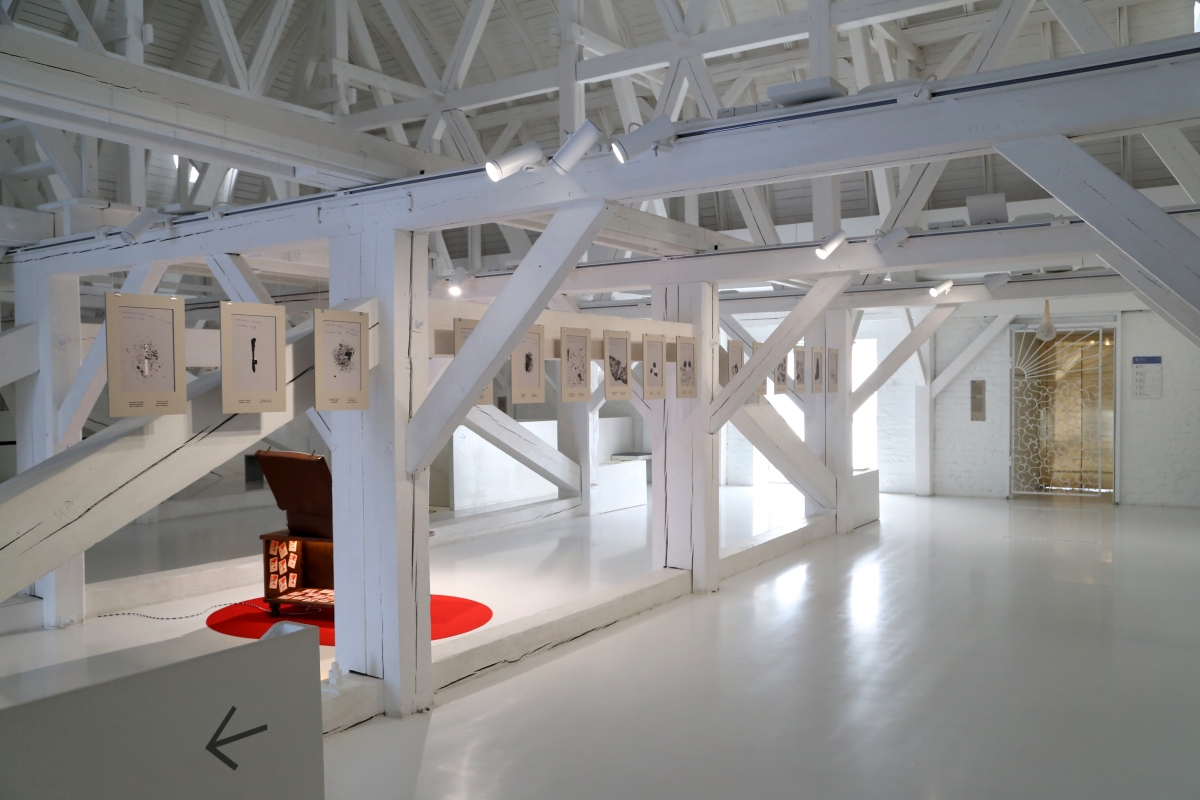
Quinsy Gario. How to Lift The Arms of De Hoop, 2020. Installation. Lia Dostlieva and Andrii Dostliev. I still feel sorry when I throw away food… Grandma used to tell me stories about Holodomor, 2018. Digital print. Photo: Margarita Ogolceva
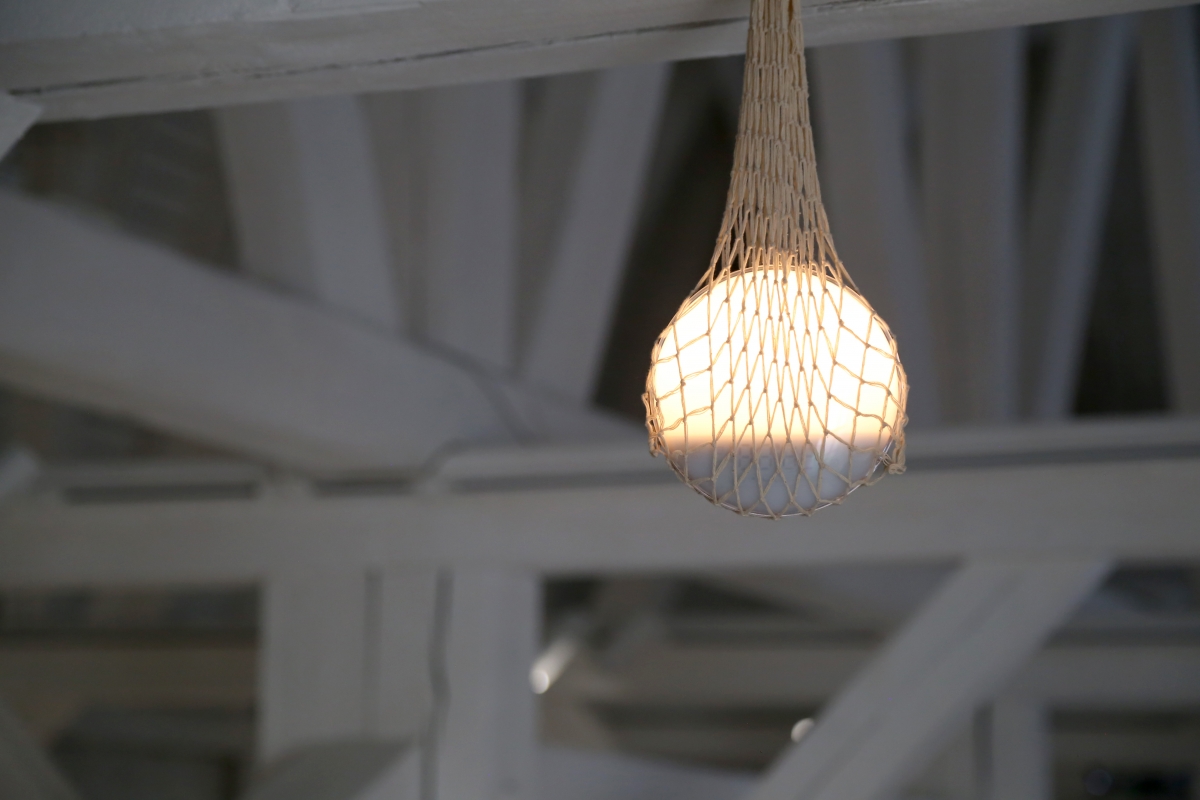
Paulina Pukyte. You have played or will play another note of the anthem, 2020. Site-specific intervention, Soviet-period iron window grill from The Riga
Psychiatry and Narcology Center, all notes of the Soviet Latvian anthem, text. Photo: Margarita Ogolceva

Paulina Pukyte, Dawn has been simulated and will be simulated, from 12:00 until 13:00 and from 15:00 until 16:00, 2020. Household dawn simulator, string bag ‘avoska’, text. Photo: Margarita Ogolceva
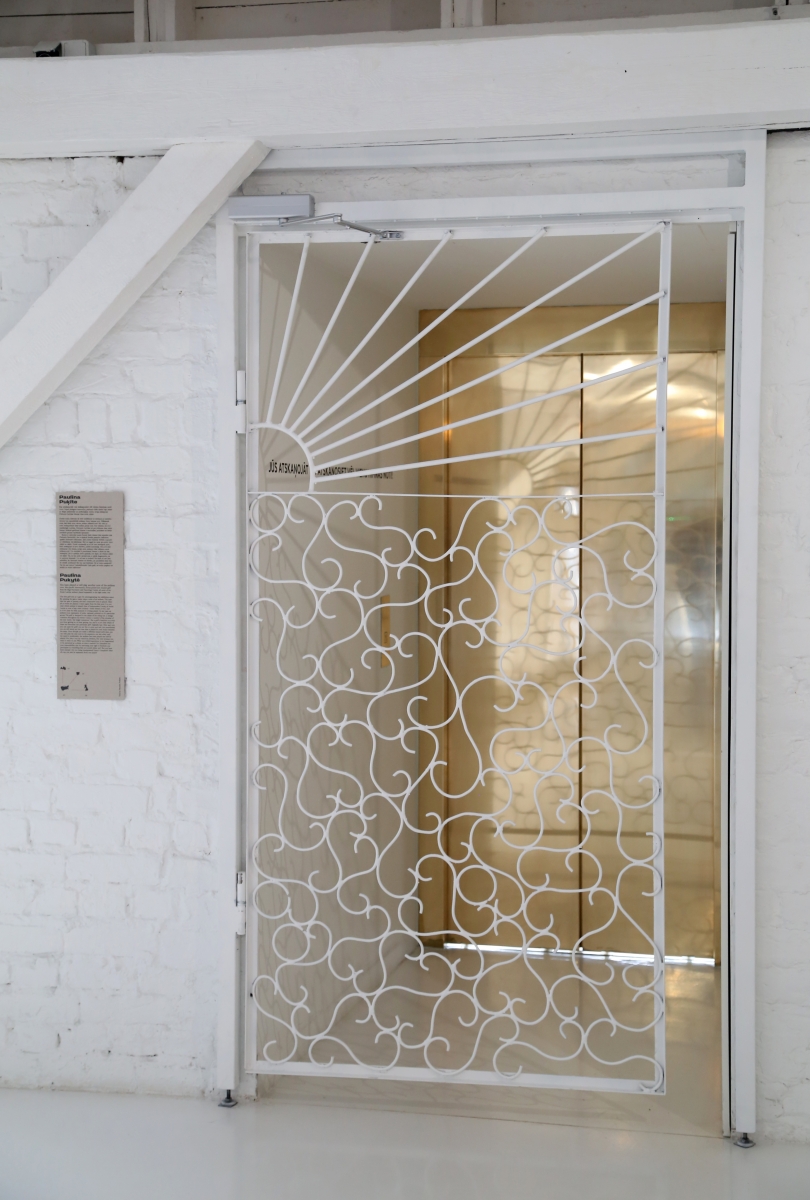
Paulina Pukyte. You have played or will play another note of the anthem, 2020. Site-specific intervention, Soviet-period iron window grill from The Riga
Psychiatry and Narcology Center, all notes of the Soviet Latvian anthem, text. Photo: Margarita Ogolceva


Quinsy Gario. How to Lift The Arms of De Hoop, 2020. Installation. Digital print. Photo: Margarita Ogolceva

Quinsy Gario. How to Lift The Arms of De Hoop, 2020. Installation. Digital print. Photo: Margarita Ogolceva
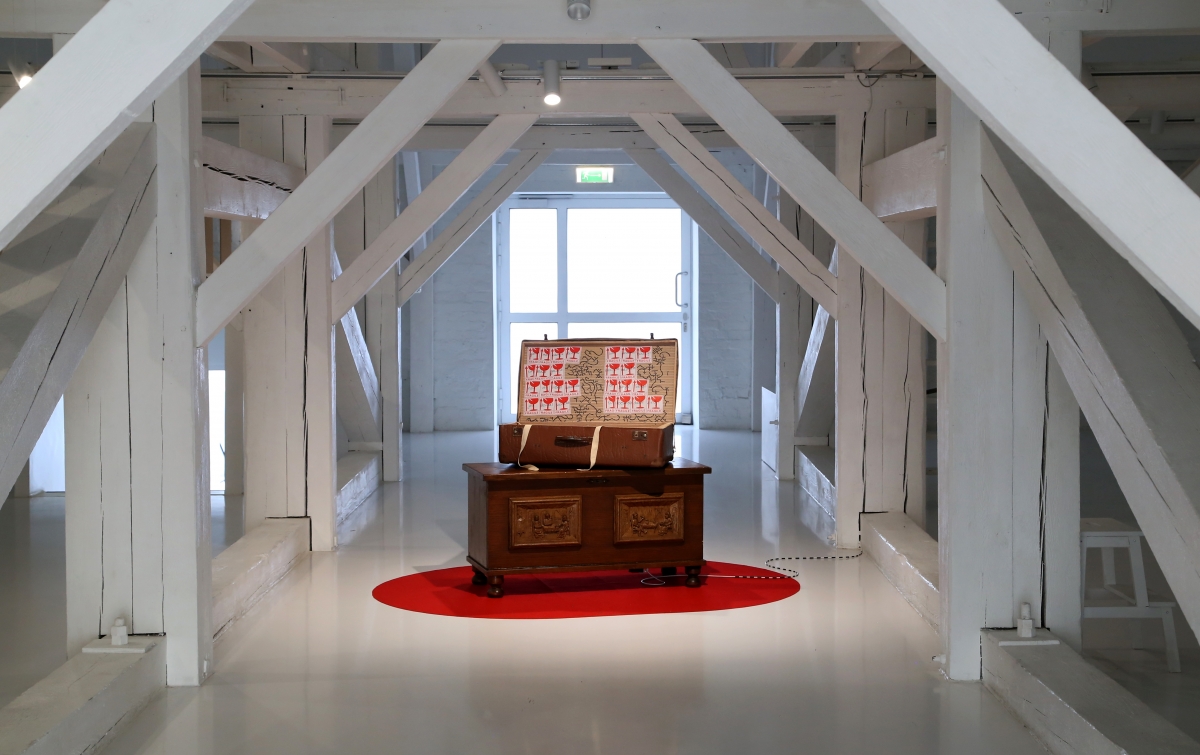
Quinsy Gario. How to Lift The Arms of De Hoop, 2020. Installation. Digital print. Photo: Margarita Ogolceva

Quinsy Gario. How to Lift The Arms of De Hoop, 2020. Installation. Digital print. Photo: Margarita Ogolceva

Quinsy Gario. How to Lift The Arms of De Hoop, 2020. Installation. Digital print. Photo: Margarita Ogolceva

Quinsy Gario. How to Lift The Arms of De Hoop, 2020. Installation. Digital print. Photo: Margarita Ogolceva

Ülo Pikkov, Body Memory, 2011. Animated film, 9″, installation. Photo: Margarita Ogolceva
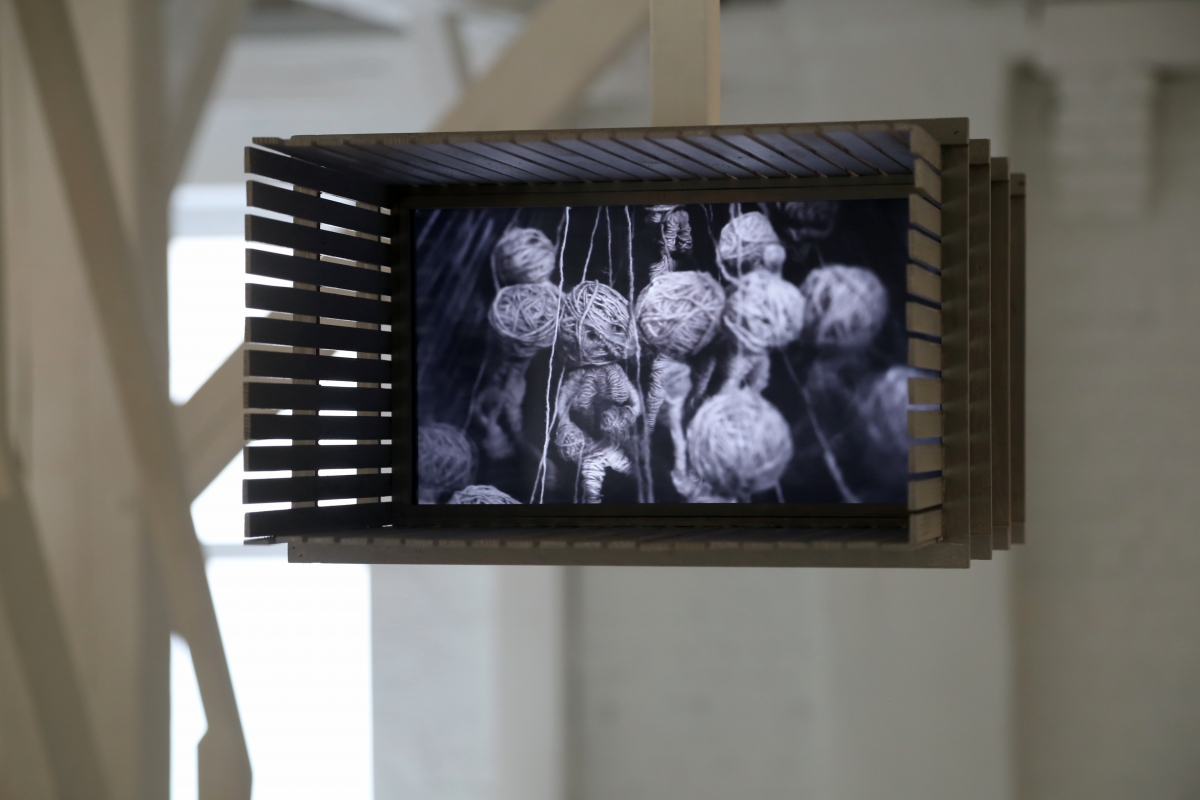
Ülo Pikkov, Body Memory, 2011. Animated film, 9″, installation. Photo: Margarita Ogolceva

Ülo Pikkov, Body Memory, 2011. Animated film, 9″, installation. Photo: Margarita Ogolceva

Ülo Pikkov, Body Memory, 2011. Animated film, 9″, installation. Photo: Margarita Ogolceva

Vika Eksta, Conversations with Dad, 2020. Multi-media installation, video 20″. Photo: Margarita Ogolceva

Vika Eksta, Conversations with Dad, 2020. Multi-media installation, video 20″. Photo: Margarita Ogolceva

Vika Eksta, Conversations with Dad, 2020. Multi-media installation, video 20″. Photo: Margarita Ogolceva
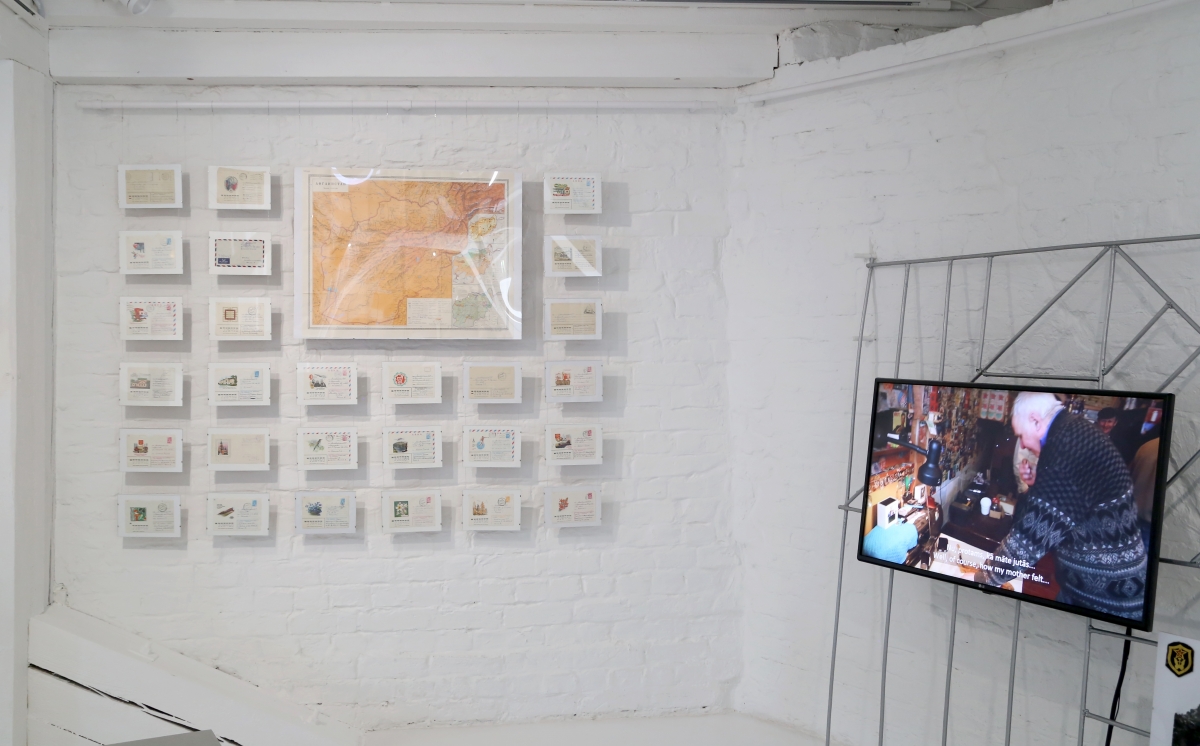
Vika Eksta, Conversations with Dad, 2020. Multi-media installation, video 20″. Photo: Margarita Ogolceva

Vika Eksta, Conversations with Dad, 2020. Multi-media installation, video 20″. Photo: Margarita Ogolceva

Vika Eksta, Conversations with Dad, 2020. Multi-media installation, video 20″. Photo: Margarita Ogolceva

Vika Eksta, Conversations with Dad, 2020. Multi-media installation, video 20″. Photo: Margarita Ogolceva

Vika Eksta, Conversations with Dad, 2020. Multi-media installation, video 20″. Photo: Margarita Ogolceva

Vika Eksta, Conversations with Dad, 2020. Multi-media installation, video 20″. Photo: Margarita Ogolceva

Zuzanna Hertzberg, Volunteers for Freedom, 2016–2020. 8 wooden boxes, mixed media 57x49x7 cm (closed). Photo: Margarita Ogolceva

Zuzanna Hertzberg, Volunteers for Freedom, 2016–2020. 8 wooden boxes, mixed media 57x49x7 cm (closed). Photo: Margarita Ogolceva

Zuzanna Hertzberg, Volunteers for Freedom, 2016–2020. 8 wooden boxes, mixed media 57x49x7 cm (closed). Photo: Margarita Ogolceva
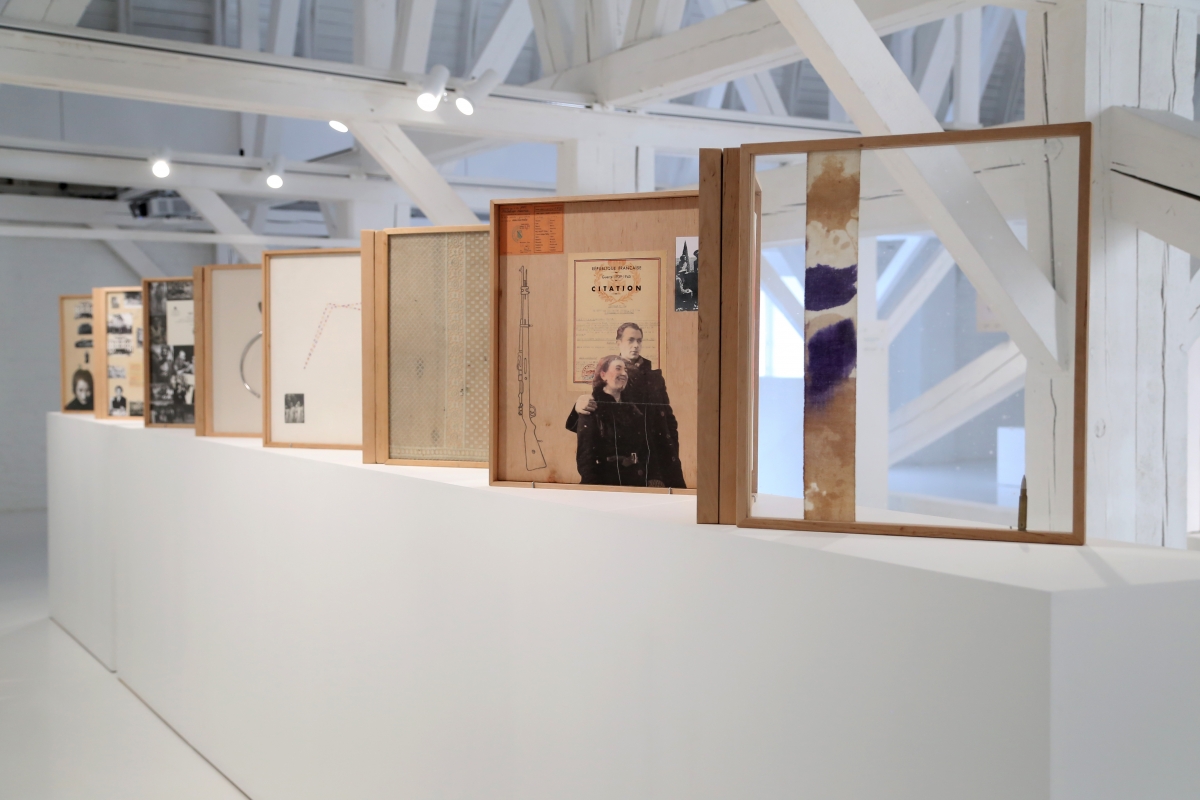
Zuzanna Hertzberg, Volunteers for Freedom, 2016–2020. 8 wooden boxes, mixed media 57x49x7 cm (closed). Photo: Margarita Ogolceva

Zuzanna Hertzberg, Volunteers for Freedom, 2016–2020. 8 wooden boxes, mixed media 57x49x7 cm (closed). Photo: Margarita Ogolceva













